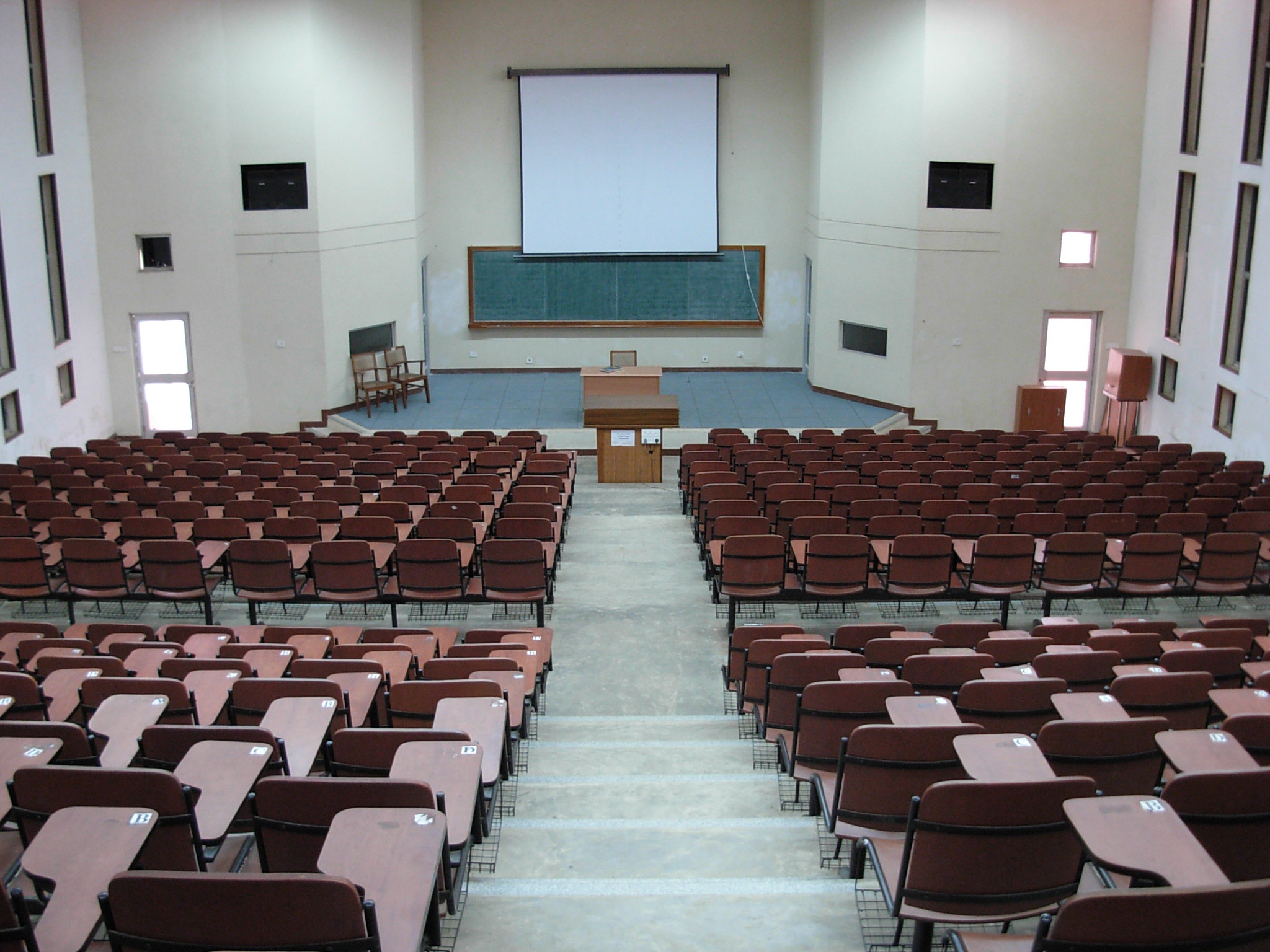This article was first published on The Wire Science.
In primary school, we learned that language is the medium through which we convey our thoughts. Little did I know that this definition won’t stand the test of time. It is the most potent political tool, I discovered once I set foot in the real world. Kem chho in Gujarat, khela hobe in Bengal and vanakkam in Tamil Nadu all have deep meanings.
Being from the rural Hindi heartland, it was only natural for me to attend school in Hindi for the first ten years before switching to English. In 2016, I began my MBBS studies at AIIMS New Delhi. Neither my fellow trainees nor I ever wondered why this curriculum wasn’t available in Hindi over the 5.5 years of our training. But those in charge disagree. Is that necessary, or is it merely a diversion?
MBBS is an undergraduate course in modern medicine, the exact term for which is “evidence-based medicine,” which means that every practice we employ must be backed by the reliable scientific justification that our peers have recognised. We require a scientific community of medical professionals from around the world “who can communicate and express their opinions freely” in order to uncover proof for the millions of practices and procedures. As a result, English is the language of instruction in all of the nation’s medical colleges.
There is rare anecdotal evidence of students who completed their schooling in Hindi and dropped out of MBBS programmes because of language obstacles. There is no doubt that changing the medium of instruction is challenging; I faced that myself. Medical terminologies are neither Hindi nor common English, hence everyone regardless of the background language has difficulty understanding them; nevertheless, students with an English background have the luxury of consulting a plethora of quality publications on each topic, whereas Hindi medium students do not.
Also read: Hindi, Local Languages as Medium of Instruction in All Institutions, Recommends Shah-Led Panel
How can we eliminate this disadvantage and level the playing field for everyone, regardless of language? AIIMS established special English classes in the evening for my batch to assist non-English students. This is one of several options, but the Madhya Pradesh government has come up with a very radical idea: adapt the curriculum to Hindi.
“Teachers will conduct classes in bilingual mode and it will help students learn things effectively. Students studying MBBS in Hindi and English will sit in the same class and they will have the flexibility to write papers in their own language,” Satykant Trivedi, a member of the Chikitsa Hindi Prakoshth, the panel that prepared the books for the project, told Careers 360.
The two most important components needed to learn anything are teachers and books. We need experienced doctors to train young doctors. Do we have any existing stalwarts who can teach in Hindi? Will there be translation training for them as well? Modern medicine, as global medicine, cannot be learned from a definite set of books. There are an unlimited number of books on each topic, and let’s face it, we need them all. Are we going to set aside 2% of our GDP to create a separate translation department? Or are we going to hand out one or two books to students like lollipops?
Scientific journals and conferences are used to disseminate the new evidence that is produced daily in modern medicine. Will there be distinct scientific conferences for Hindi MBBS graduates, or will they be mandated to participate in existing conferences as spectators? Is it possible to translate all of the journals in real-time?
There are numerous unanswered questions and unsolved problems – yet the Madhya Pradesh administration has publicised this programme as if it was something usual, even to be expected. It is important and merits special treatment because it concerns the future of so many young, hardworking scholars in our country, and it is about training someone who will be in charge of keeping the nation healthy.
I believe that providing MBBS courses in Hindi is not a long-term solution to the problem. We expect our doctors to be world leaders in scientific and medical discoveries. Hence, English proficiency is essential.
Also read: The Clutter Within the MBBS Curriculum: Can We Skip to the Relevant Part?
The state’s strategy can at best serve as a bridge for a smooth transition from Hindi schooling to a completely English MBBS course.
Let’s hope the language here is being used as a medium to exchange thoughts and not as a political weapon. Full-page advertisements in newspapers and an inauguration programme along the lines of a political rally work only boost apprehensions. Let us hope that we are not on the verge of instituting a new caste structure in our country’s health system – wherein we might have the hierarchical classification of English, Hinglish and Hindi doctors discriminating against each other, and the general public adding insult to the injury.
Dr Hariom Patel is an MBBS graduate from AIIMS New Delhi and is currently pursuing an MD in paediatrics at Maulana Azad Medical College, New Delhi.
Featured image: A representative photo of a lecture hall in an Indian university. Photo: ambuj/Flickr, CC BY 2.0

